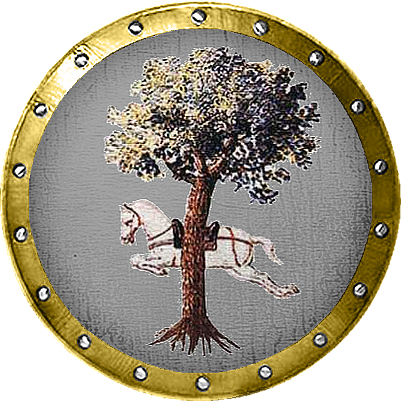
Prūsai
Prussians
Origins
The Prussians are said to be descendents of the Cimbri, one of the many “barbarian” peoples the Romans fought with, hailing from Jutland. Despite a devastating defeat in the Battle of Vercellae, with the death of a king and many chieftains, the Cimbri still were residing in the Baltic and Jutland.
The first Prussian king is said to be a man named Widewuto, or Videvutis, a king of a Cimbri tribe who migrated from Denmark to the Baltic. He civilized the region and named it Prussia, after his brother Pruteno. Widewuto had after that 12 sons, and the regions in the Baltic were named after them, Sudovia after Sudo, Lithuania after Litvas, and so on.
Widewuto would live to have 116 years of age. With that age, he burned himself with Pruteno in a religious ceremony.
Current situation
The key to ensure the survival of the Prussians is to maintain an alliance with the Lithuanians, also pagans and not in good relations with the monastic orders. The Teutonic Knights and the Dobrzyn Order are separated from their Livonian brethren, with the Lithuanians and the Prussians between them. This is an advantage that must be exploited; the Prussians also share an open border with Mazovia, and Duke Konrad will have no fear in supporting the Order against the Prussians who’d oftenly raid his lands.
The Novgorodians are currently neutral, but the continuous expansion of the Teutonic Knights might make them alarmed. They have to focus on issues at home before setting their eyes at the Baltic, however, having to deal with insurgences at Pskov and defend themselves from the Mongols.
The Order’s territories are small, for now, and the true Christian foothold on the eastern Baltic is on the hands of the Livonian Brothers of the Sword. For now, the ones who shall deal with them are the Lithuanians. The war is balanced thus far, and if the pope calls another crusade, the Prussians will have to fight more and ask their gods for help; who knows for how long they will be able to do that.
Starting provinces
As in reality Prussians didn't create unified state, they will have only one region at start of the game, with richest Prussian settlement, Tuwangste, as it's capital. Main objective of this faction will be to unite Prussians tribes by marriages, veches (meetings of local citizens) or by conquest. This will be necessairly to unlock more advanced buildings trees for this faction.
Goverment & Society
Baltic tribal societies were unlike German or Slav ones: they were less hierarchical, and most of the population was made up of free farmers. Polygamy was a common practice among the Prussians, seeing that the legendary Prussian king, Widewuto, allowed for men to have 3 wives.
Old Prussian settlements, either timber keeps or towns were divided into tribal domains. One basic social division of the Prussians was the laūks, which meant field. It consisted of a group of farms with economical interests and a desire for safety. The administration resided in the hands of a leader and a chief, who were elected by a gathering of the adult males, who also discussed matters concerning the community.
The chief was responsible for military matters, building watchtowers, roads and taking care of the border defense, while their leader acted and supervised daily and common matters. The term laūks is thought to include the fortifications as well as the social structure, but the settlement itself is called kāims.
There were some leaders who acquired various kāims and laūks, and became leaders of larger social entities, known by non Baltic speakers as duchies.
EconomyThe territory of Sambia was the richest territory populated by the Prussians. The Sambians did commerce with the Swedes and their territories were rich in amber, which made them wealthier than the other tribes, ever since the Bronze Age. The other tribes are surrounded with Christians,
and commerce is scarce, if it exists at all. Due to that, some tribes, like the Pogesanians and Pomesanians, resort to raids, usually in Mazovian and Pomeranian lands.
Scalovia and Warmia’s rivers and lakes had fish, and most regions were densely populated, with many forts and towns that traded with each other, with the exception of Sasna, a territory plundered by the Mazovian and had most of its folk migrate to the north, to Pogesania, Warmia or Bartia.
Religion
Likewise with Norse Paganism, the Baltic Religions, Latvian, Prussian and Lithuanian, were written and recorded by Christians, and not the native folk themselves, because the Balts spread and told their tales through oral tradition. And so, the few reports and accounts of these religions often had fabrications and misunderstandings.
Prussian religion survived the least, for they were assimilated and conquered by a Monastic Order, the Teutonic Knights, who spread Catholicism over the region, making Prussian paganism less present and more of a subject for scholars than the common people.
The creator god, present in Latvian and Lithuanian tradition, is Dievas, the name likely coming from the Indo-European word, dyeu, meaning heaven; he probably came to be worshipped as a personification of the sky. The goddess Saule, the “Mother Sun”, and like Dwis, began as a personification of nature. In some stories, she is wife to Dievas, and in others, is the lover of a moon god, Menuo.
There also is the Triad of gods, Perkūnas, Potrimpo and Pecols, represented in the flag of Widewuto, a legendary Prussian king. Perkūnas is probably the most famous and recognized figure. He is the god of thunder and storms, like Thor. Potrimpo was the god of running water, grain and spring, associated with happiness. And there was Pecols, the ruthless god of sacrifices, death and the lord of the underworld, akin to the Lithuanian deity Velnias.
It was common for the Prussians to burn people in sacrifice, to scare away evil spirits.
There wasn’t much organization, but medieval chronicler, Peter von Dubsburg, claimed that there was a temple, Romuva, also known as Rickoyoto by Simon Grunau; that claim is considered false by modern historians, since there aren’t other sources to support those claims.
Wilhelm Mannhardt recorded the Prussian gods and deities in his book, Constitutiones Synodales, with the following gods:
Occopirmus, the chief sky god, likely derived from Dievas; Suaixtix, god of light; Ausschauts, god of the sick; Autrimpos, god of the sea; Potrimpo, god of running water and grain; Bardoyas, god of ships; Piluuytus, god of abundance and wealth; Perkūnas, god of thunder and Pecols, god of death and hell.
Army
Their high population allowed for armies big in size, though poorly disciplined and equipped. The Prussians were more used to battling in open fields, and so, their siege tactics, refined in the west, were more reliant on starving the enemy with siege forts, much like the one Julius Caesar built on Alesia.
The swampy and wooded lands favored the type of combat the pagans had, and, the heavy cavalry was nearly unutilized in that sort of terrain. They fielded javelinmen, a weapon very commonly used by the balts, either mounted or dismounted, and other sorts of light infantry, wielding axes, pikes and spears, and less commonly, swords. Their armors are unable to rival the plate of the western knights, and won’t surpass chain mails or leather armors.
When fighting, the Prussians shall have to rely on their prowess and courage, if they are to retain their customs and religion.
Examples of Prussian units
Šķepunëši/Free farmers
Kirwińyki/Raiders
Buttataws/Householders
Kongu Sargi/King's bodyguards
Units, strat models and materials from:
Baltic: Total War
Wrath of the Norsemen
Research:
claudioxd27

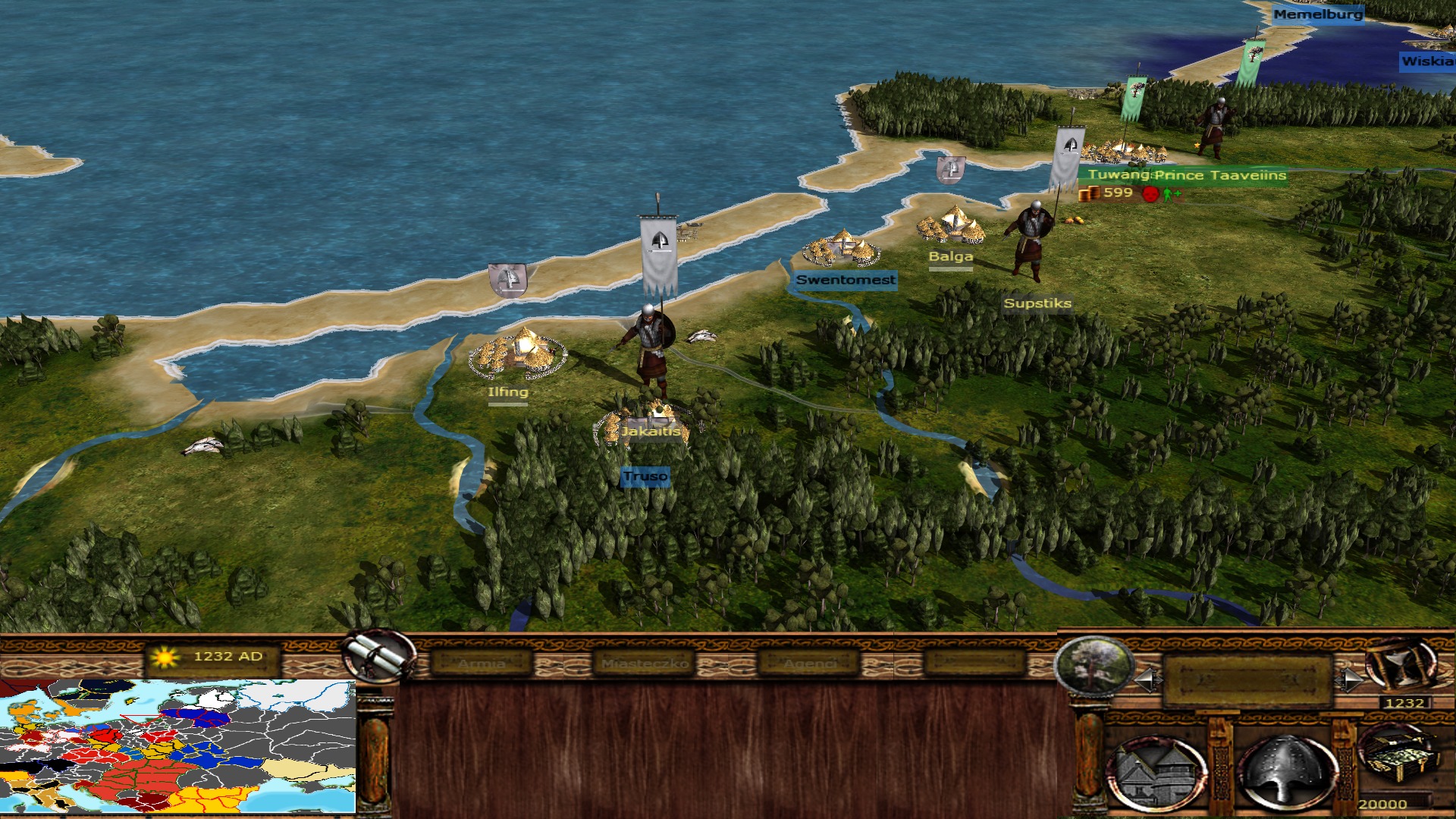
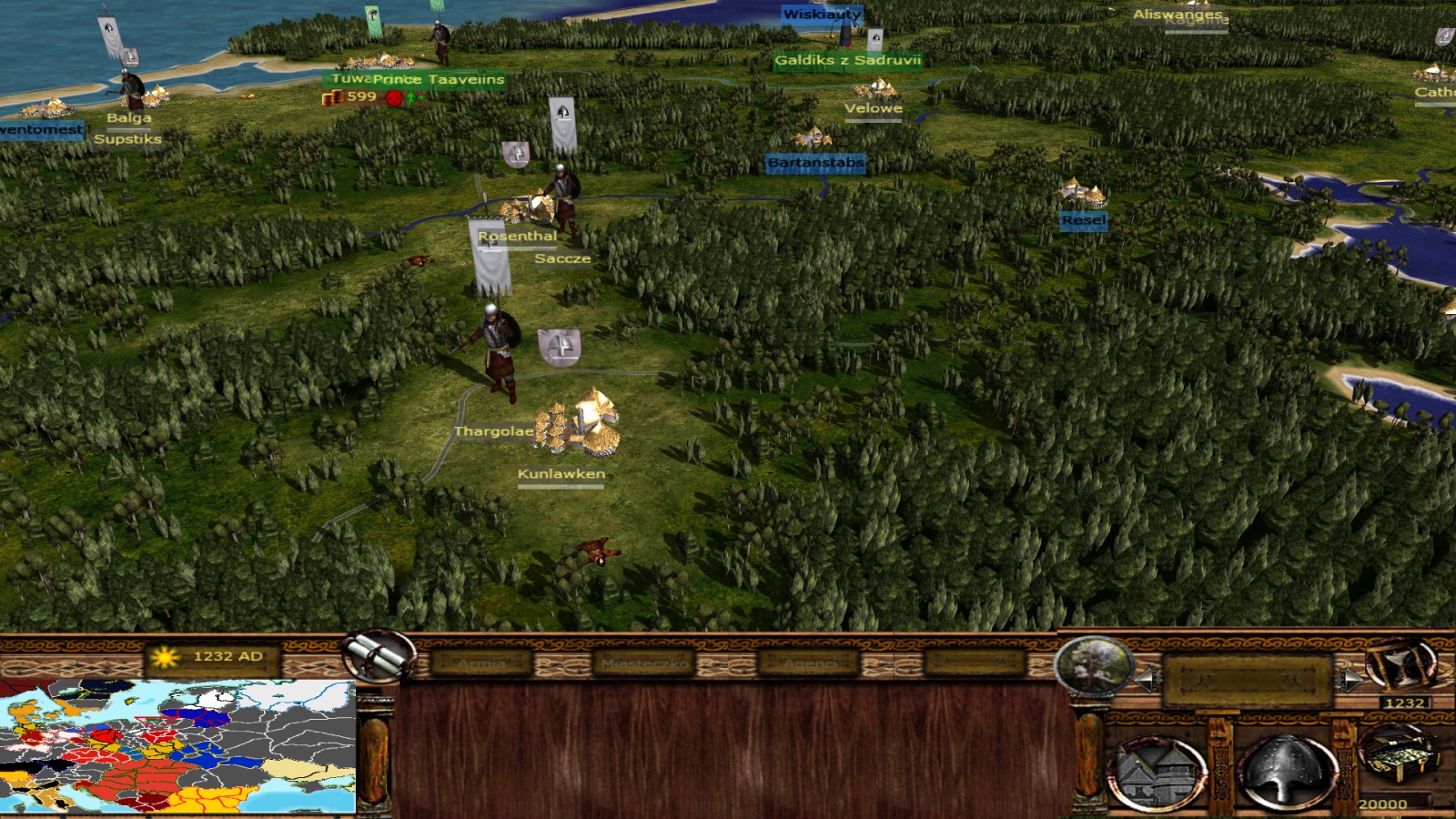

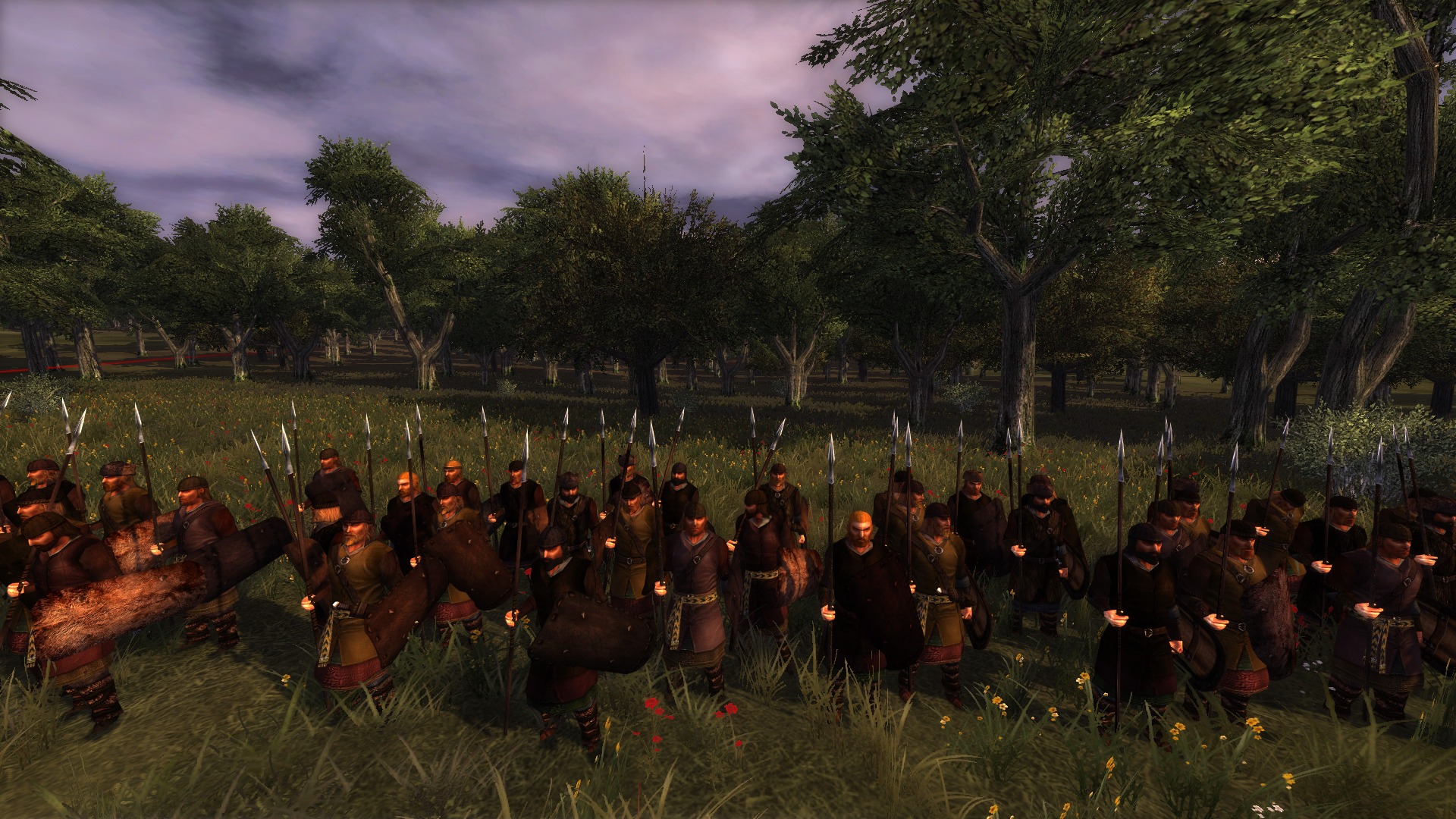
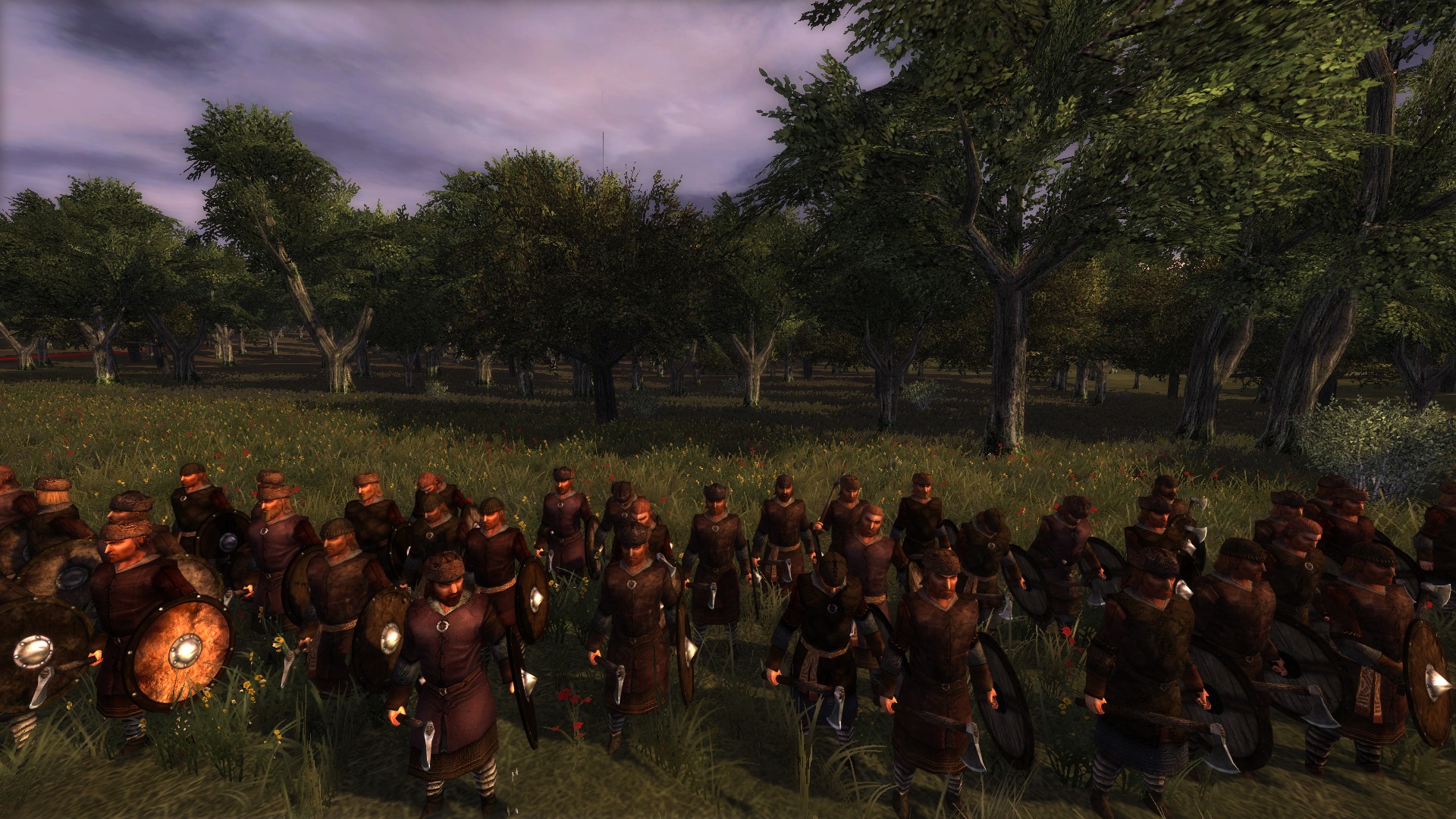
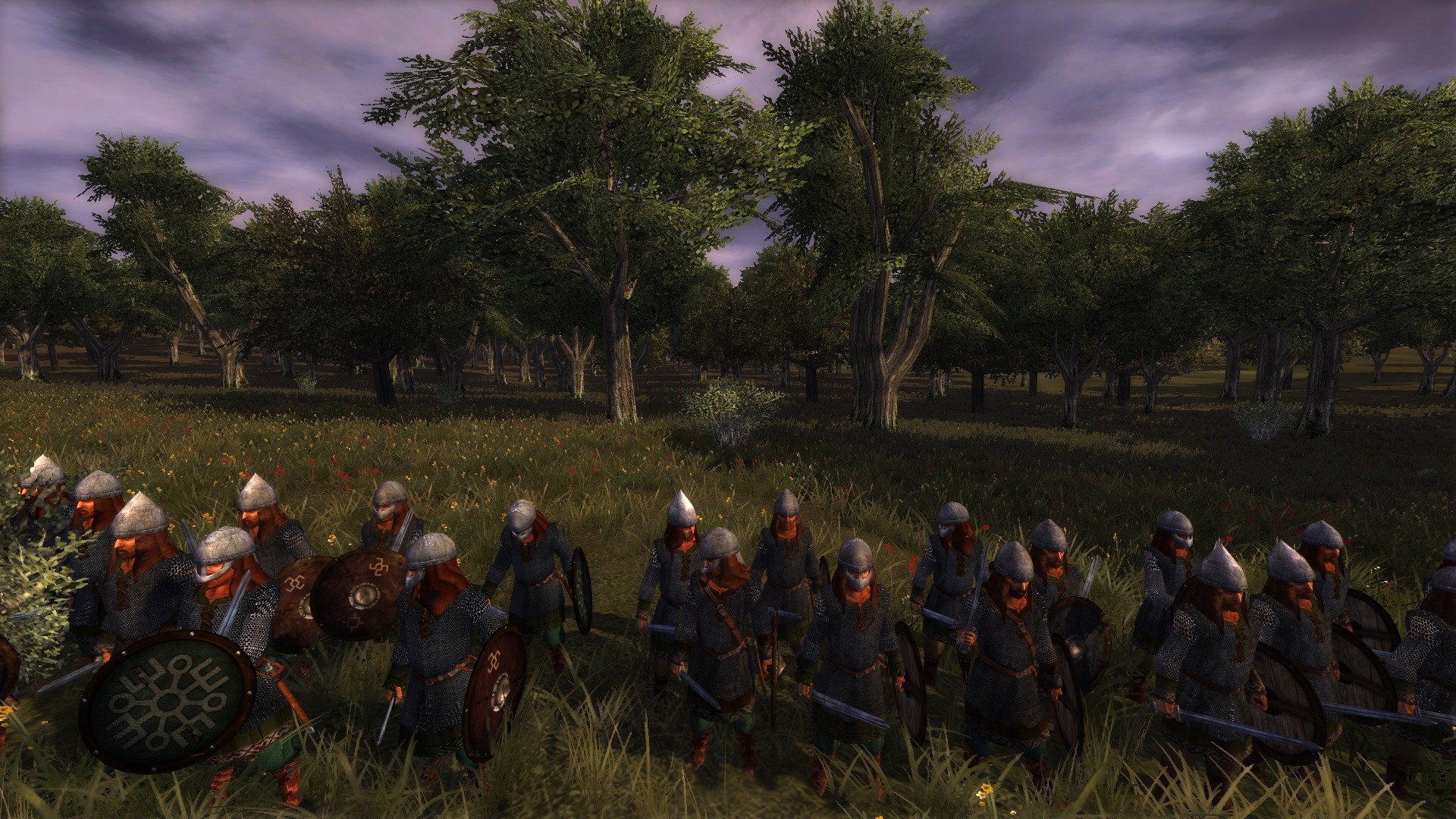



Sounds like a fun faction - naturally, pagans fighting the Order are fun by default haha.
Good description texts: informative and makes them more interesting to play in the future :)
This will be alo one of the hardest factions to play :) Less advanced technologically, and a constant target for crusades :)
Better sharpen my axe...